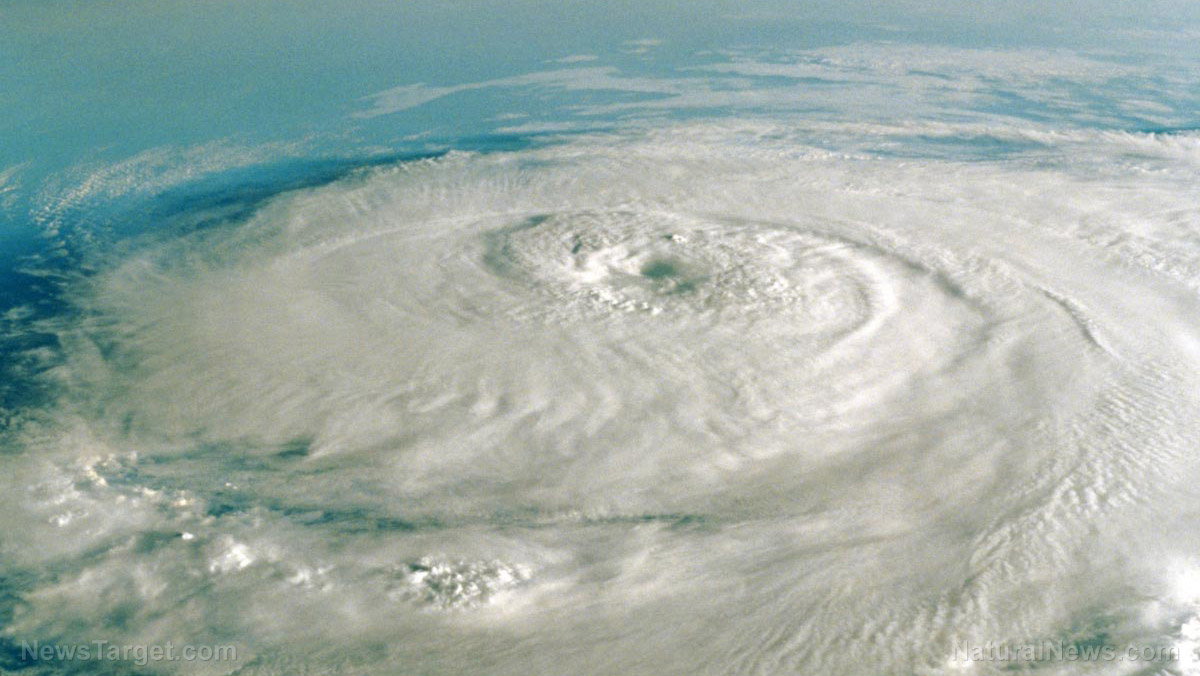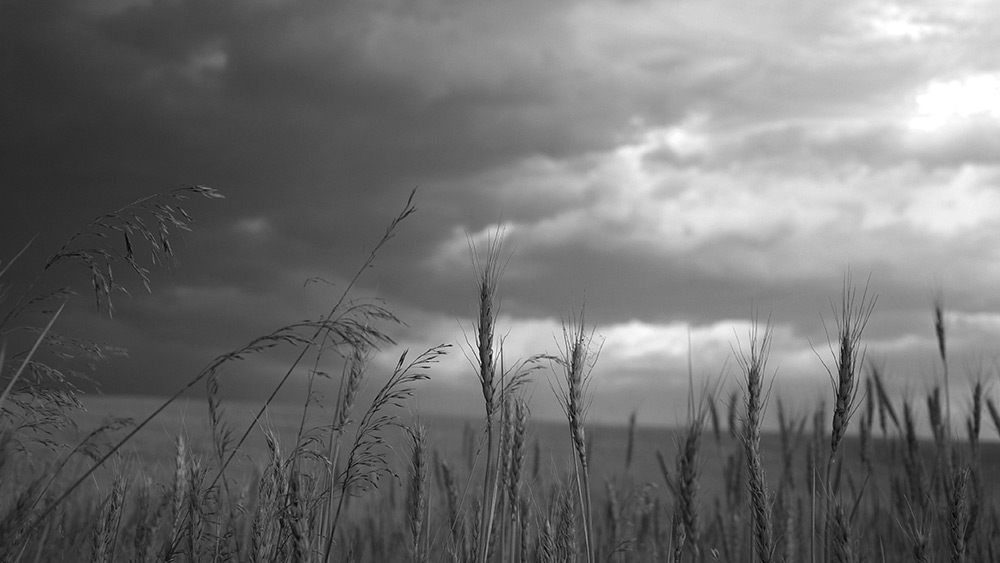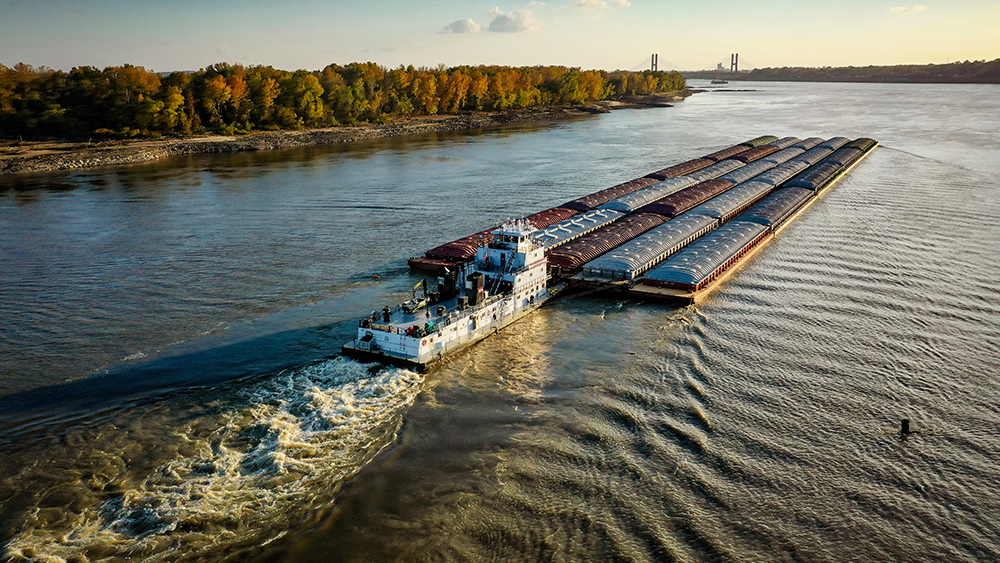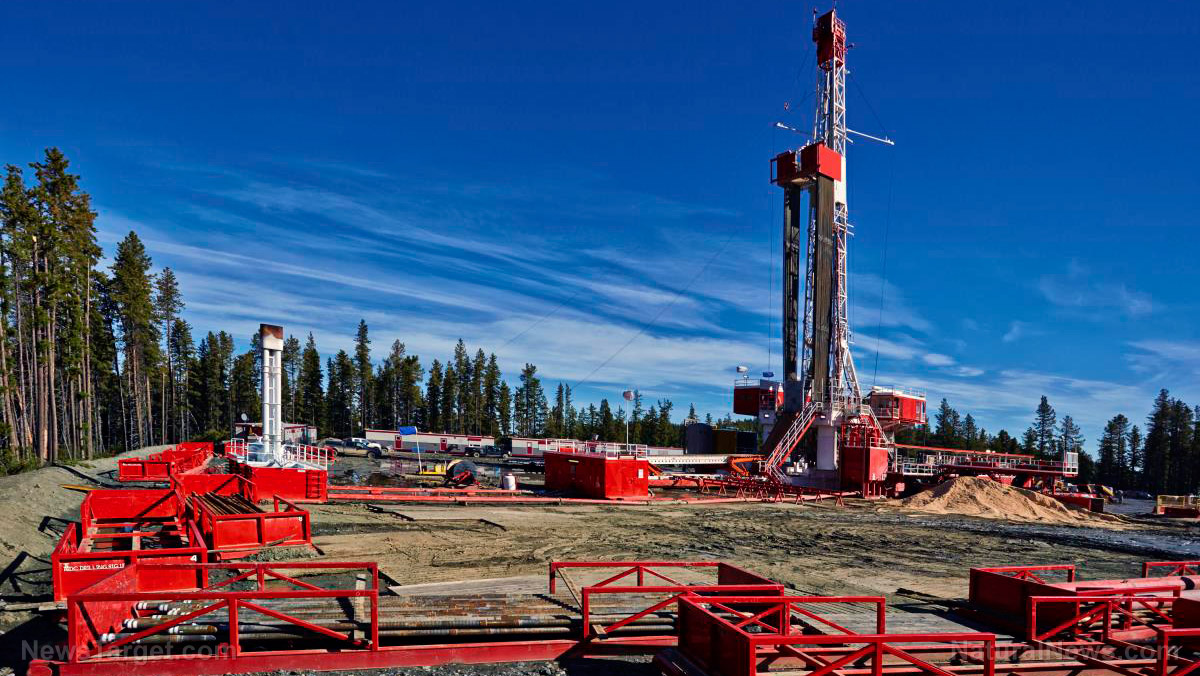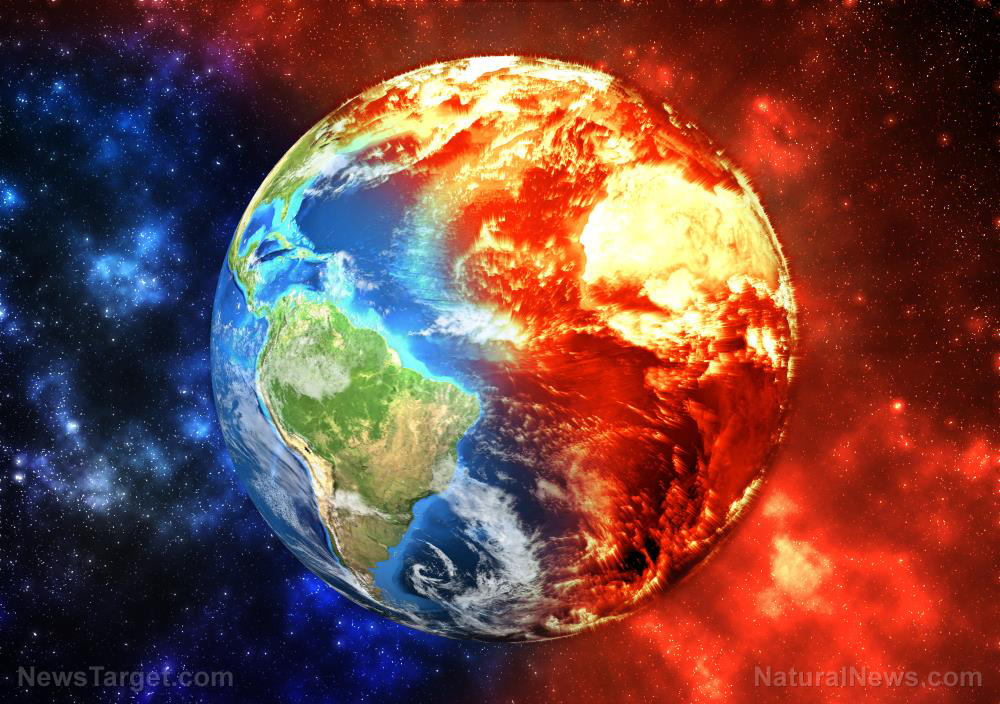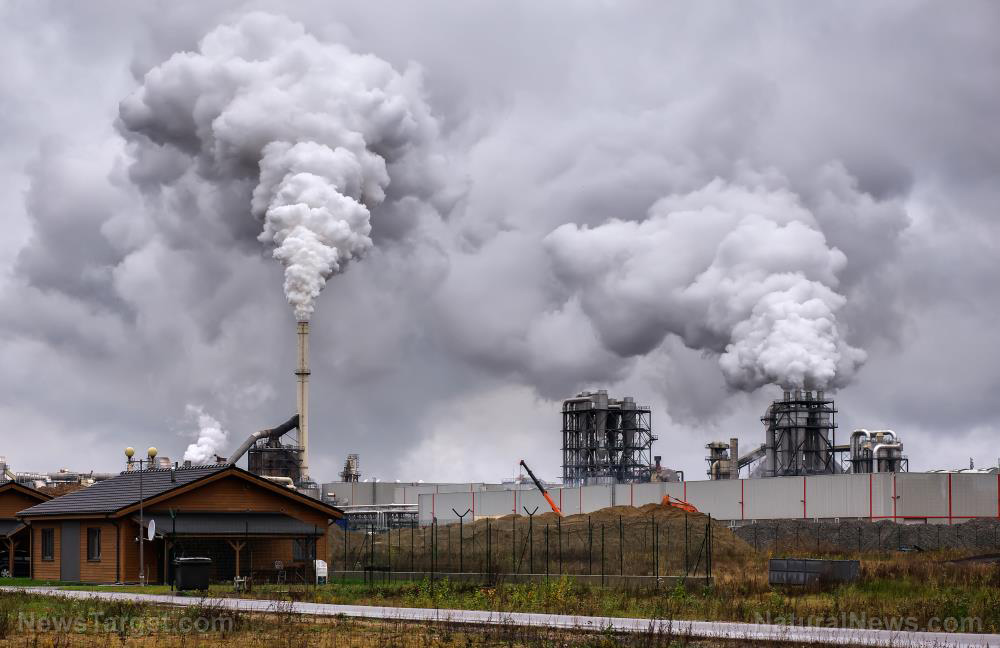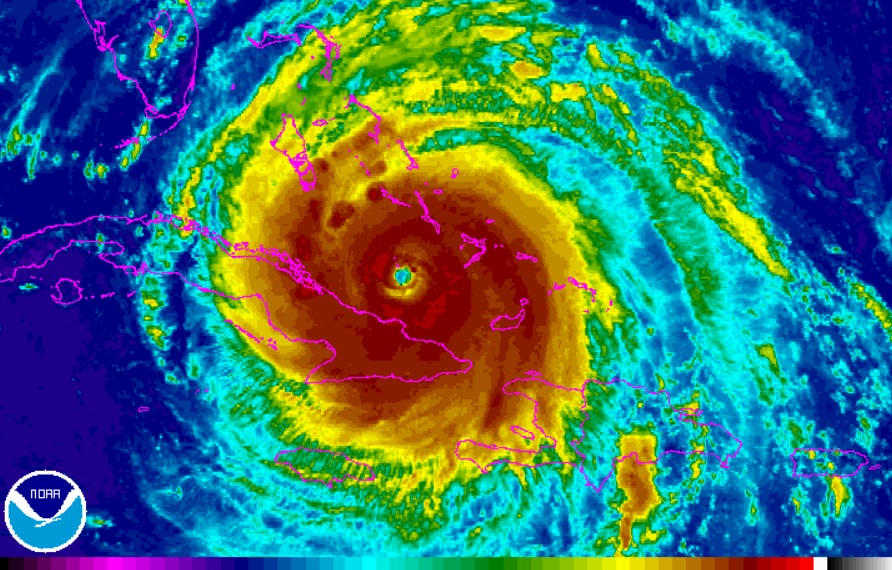Human intervention has made forests less resistant to drought, pests, wildfire
07/19/2019 / By Stephanie Diaz

Wildfire ravaged the state of California during the third quarter until the middle of the fourth quarter of 2018. By far, it was the deadliest the state has experienced, killing over 85 people. The fire did not discriminate between the rich and the poor; it hit both depressed and affluent communities.
Approximately five million acres of land are affected by wildfires in the United States every year. These wildfires cause millions of dollars in damages for home and farm owners alike. Wildfires are uncontrollable and can spread at a rate of 14.29 miles per hour. They burn everything in their path and the flames rage on as long as there are windblown embers.
Three things are needed to start a fire – fuel, oxygen, and heat. This is what firefighters call the fire triangle. Understanding the triangle helps mitigate fires; the idea is, if one element is taken out of the triangle, then the fire can be controlled and extinguished.
Extreme heat from drought worsens forest wildfires
Nine out of ten wildfires are caused by human carelessness. Little things like discarding lit cigarettes, not putting out campfires, and playing with matches or fireworks can cause the forest to go ablaze. Sometimes, though, wildfires occur naturally. The heat of the sun or a lightning strike can ignite flammable materials. Drought has exacerbated the problem. The extreme heat is making the forests drier, thus making it easier for them to catch fire.
Researchers from the Oregon State University (OSU) and Utah State University (USU) studied 2,800 hectares of mixed-conifer forest in Central Oregon. They wanted to find out if drought stress influenced forest density, drought tolerance, and pest control by looking at annual rings. Their study was published in the journal of Global Change Biology.

During the study, researchers found that as the forest grew thicker and thicker, it made it harder for the trees to produce energy. The trees were forced to use a denser form of carbon dioxide for photosynthesis. Researchers said that this finding is indicative of drought stress. (Related: Trees in the city can handle the heat and the bugs – if they have enough water.)
Putting out wildfires makes forests intolerant to fire and pests
Before 1910, there were frequent low-severity fires that helped maintain forest density. However, because of illegal logging, increased land use, and forest grazing, policies regarding maintenance of the forests changed. The federal law now dictates that forest fires be extinguished. As a result, the population of shade-tolerant and fire-intolerant species of trees increased, making the forests denser.
The industrial revolution increased carbon dioxide levels in the atmosphere by up to 40 percent. This increase in the atmospheric concentration of carbon dioxide has a direct effect on how trees respire — the process through which trees obtain oxygen for respiration and carbon dioxide for photosynthesis. Moreover, increased atmospheric carbon dioxide worsens the problem of forest density.
The co-author of the study Andrew Merschel added fire suppression as another reason for increased forest density. Extinguishing fires means more trees left standing. These trees compete with each other for resources. He furthers explained, “We’ve known that because of [fire suppression], trees are more prone to drought, which makes sense — there’s less water reaching deep below ground and more trees pumping it out. Our research shows in a physiological way what’s happening. We thought there would be signals in the annual tree rings, and there are.”
The increased forest density seems to outweigh the benefits of thick luscious forests when it comes to wildfires. Dense and dry forests make it incredibly easy for fires to spread. The lead author of the study, Steven Voelker, said that if policies about forest density do not change, many trees will become drier, and an increase in bark beetle outbreaks is not far off.
Learn more about trees and how they affect the environment at Ecology.news.
Sources include:
Submit a correction >>
Tagged Under:
bark beetle, carbon dioxide, deforestation, Drought, drought resistance, dry forest, Ecology, ecosystems, environment, fire supression, fires, forest conservation, forest density, forest fires, forest management, forests, heat, high temperatures, human impact, outbreak, pests, research, trees, wildfires
This article may contain statements that reflect the opinion of the author





